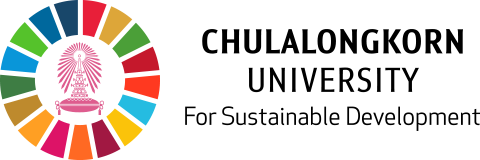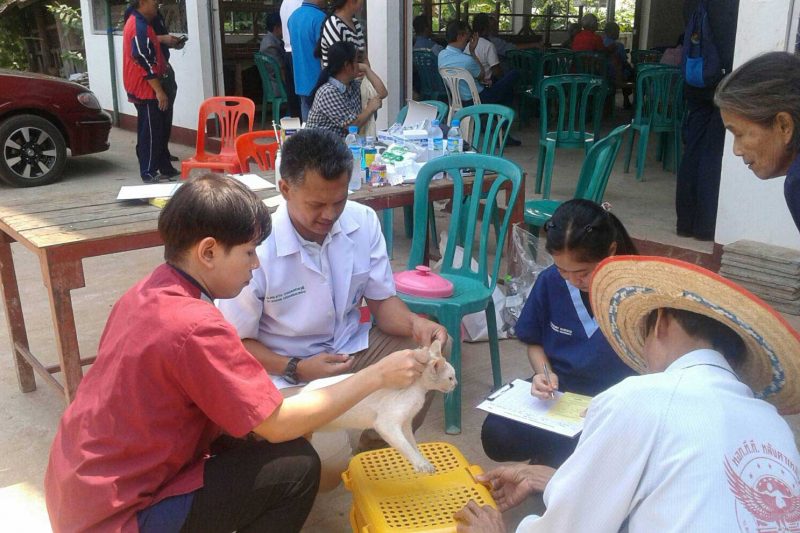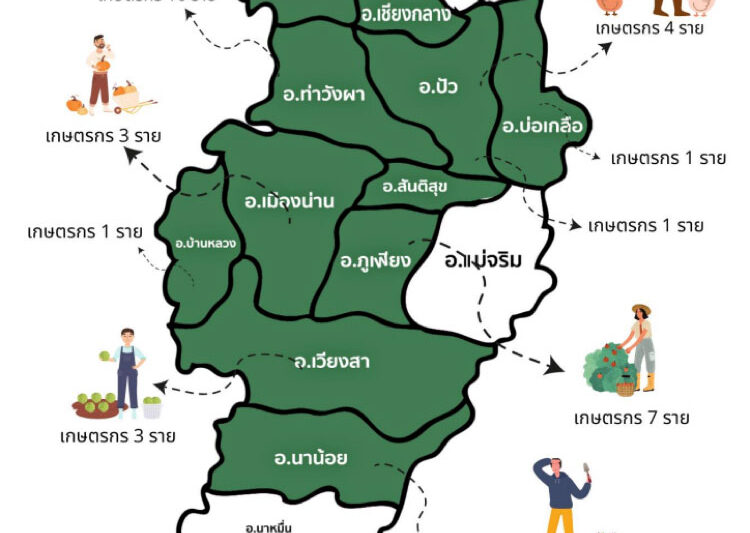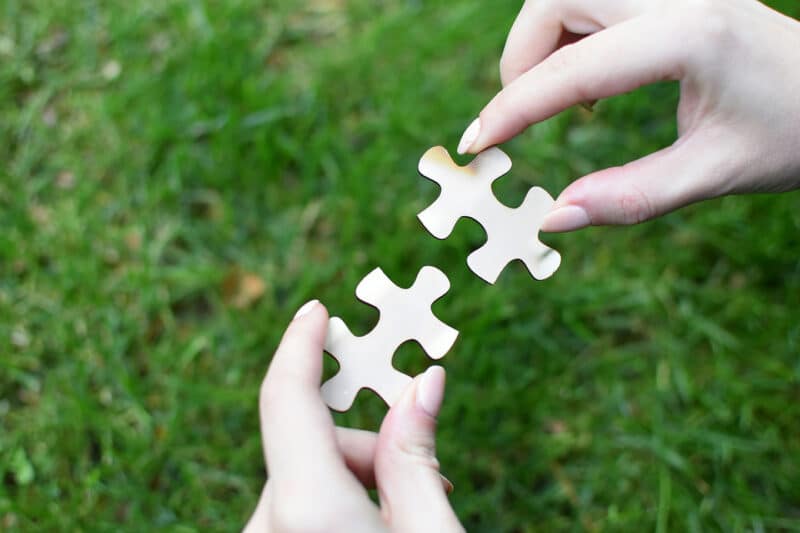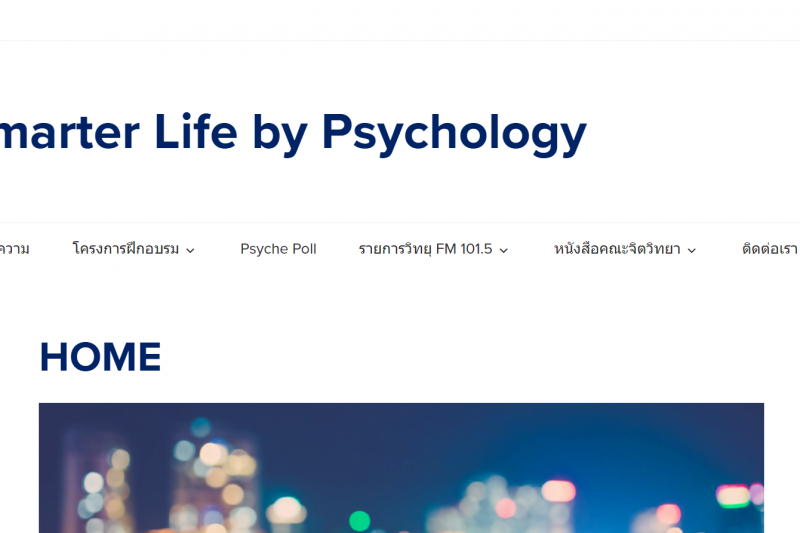Crab bank success story: Project on Si Chang island achieves remarkable 60% survival rate
Source: Chula Radio Plus
[ https://www.youtube.com/watch?v=lcOF2TtE-5g ]
Take a guess: how many babies can 457 gravid (pregnant) crabs produce? 565,219,724 to be exact.
The output of the Crab Bank Learning Center on Si Chang island in the province of Chon Buri is represented by this incredible number. Local fishermen brought 457 blue swimmer crabs, also referred to as “poo ma,” into the bank’s rearing cage in June 2020 so they could spawn.
The gravid crabs were raised until they hatched their eggs into larvae and spawned.
Before being released into the ocean, the young crabs were allowed to mature.
Another impressive figure is this: The crab bank’s method of culturing has increased the survival rate of young crabs from the typical 1% to 40%–60%.This has supported the local fishermen’s livelihood as well as the declining blue swimmer crab population and healthy marine crab stocks.
“Blue swimmer crab is a popular delicacy and in high demand, especially in tourist destinations such as Si Chang island. But they had become very costly due to decreasing natural stocks,” says Dr Nilnaj Chaitanawisuti of the Aquatic Resources Research Institute at Chulalongkorn University. “It’s also illegal for fishers to catch gravid crabs for sale.”
The idea of that crab bank was not well received at the beginning, acknowledges Dr Nilnaj. But after two years, everyone in the community has joined and “deposits” gravid crabs into the bank.
“They have begun to realize the significance of the project as they have witnessed the changes in the ecosystem,” he says. “They show us young crabs that they can now find easily near the shore. Before, these had been very rare, going back to the time of their forefathers.”
Blue swimmer crab is not only favorite food among Thais, but also an important economic aquatic animal generating income for coastal communities and the processed food export industry.
According to the Ministry of Agriculture and Cooperatives, Thailand produced 40,000 tons of blue swimmer crabs in 1997, but output declined significantly to 28,000 tons by 2011. To keep up with market demand, various unsustainable methods and destructive equipment were deployed, leading to overfishing. Unregulated crab fishing further drove the stocks into rapid depletion and there was a real risk of extinction at some point in the future.
The Aquatic Resources Research Institute, which has a marine research center and internship unit on Si Chang island, stepped in and laid out a coastal ecosystem restoration plan to manage the environmental impact on the blue swimming crab fishery. The Crab Bank Learning Center was then established with funding support from the National Research Council of Thailand.
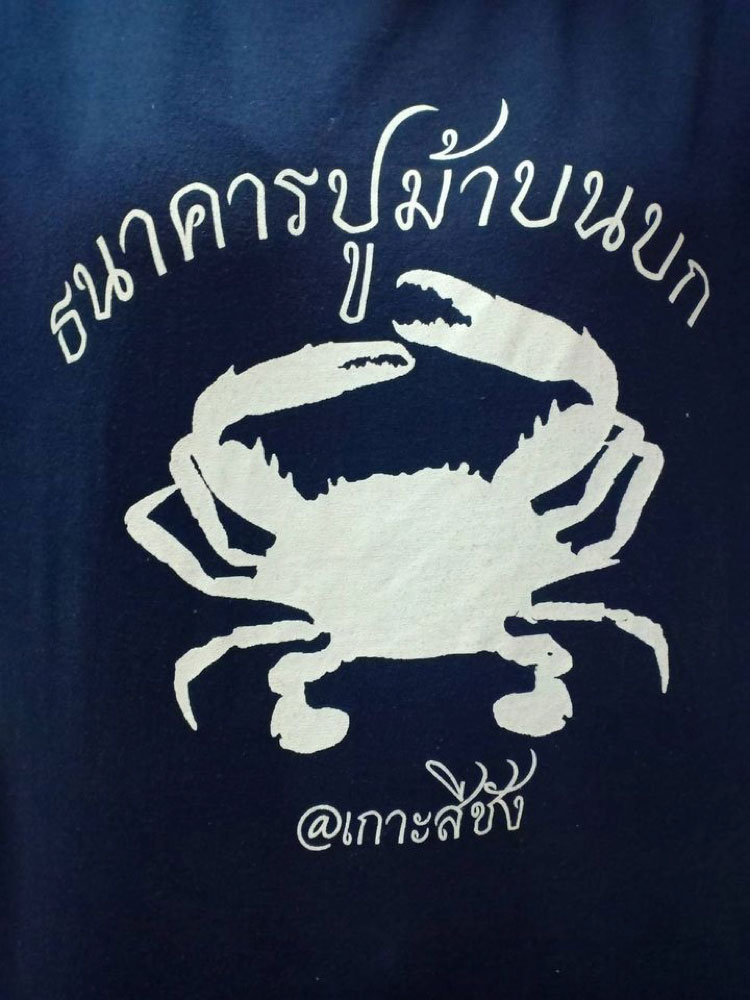
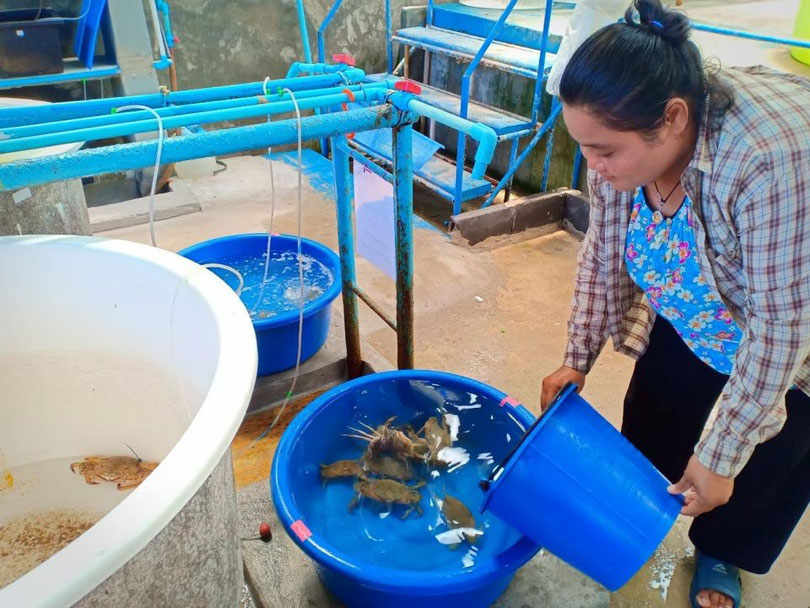
The centre also serves as a knowledge transfer organisation, disseminating expertise to the neighbourhood and interested members of the public in addition to collecting and raising gravid crabs for spawning before releasing them into the sea to increase the population in its natural habitat.
More than 3,500 fishermen, or 70% of the island’s population, benefited from the project in the past when the centre established 22 crab banks in Si Chang district in collaboration with local communities.
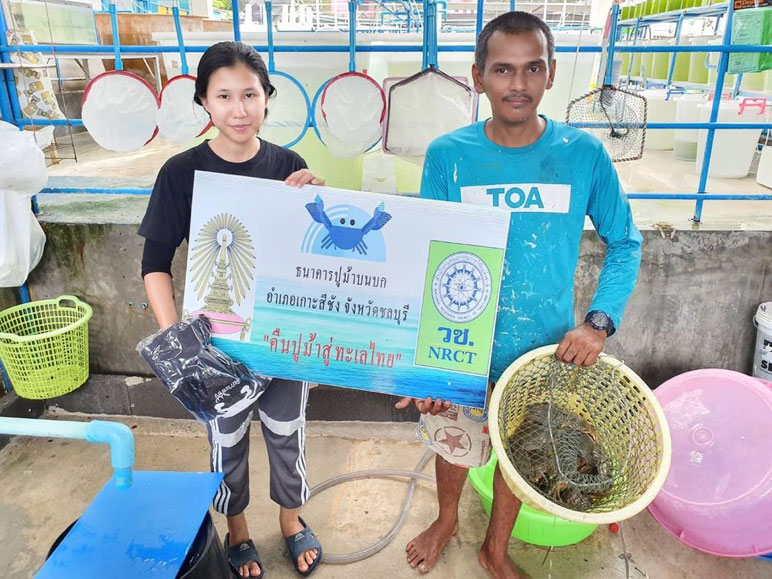
The learning center has also become a model of community-based sustainable coastal ecosystem management. In cooperation with its network partners, Chulalongkorn University has scaled up the crab bank initiative to cover four other coastal communities: one in Bang Saray, Chon Buri; two in Ko Muk, in Trang; and one in Pak Khlong Tha Thong in Surat Thani.
Recently, in 2021 Crab Bank Learning Center on Si Chang Island in Chon Buri province has been developed into Sea Creatures Bank Learning Center Si Chang Island by local community for local community under the Royal Patronage of Her Royal Highness Princess Maha Chakri Sirindhorn.
Blue Crab Breeding Learning Center and Blue Crab Bank with Community Participation Koh Sichang District Chonburi was awarded second place in the category of Community Blue Crab Bank Learning Center in the “Community Blue Crab Bank” contest for sustainability at the “National Research Expo 2021.”
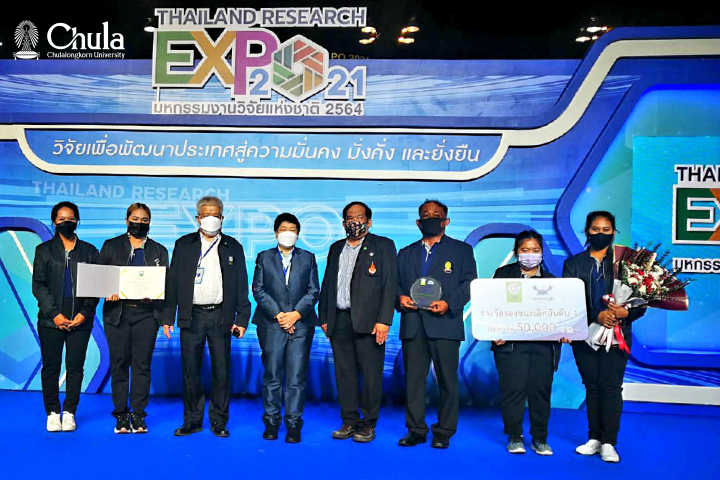
The communities in the Thai sea area in the Gulf of Thailand and Andaman have benefited from the solutions found at this learning centre, which has also been developed as a model for addressing significant issues.
There are a total of four additional places:
1) Ban Bang Saray Community Enterprise Banking Learning Center Chonburi
2) Ban Koh Mook Crab Bank Learning Center (Hua Non Bay), Kantang District, Trang Province
3) Ban Ko Mook Crab Bank Learning Center (Ao Makham), Kantang District, Trang Province
4) Ban Pak Klong Tha Thong Crab Bank Learning Center Kanchanadit District Surat Thani Province
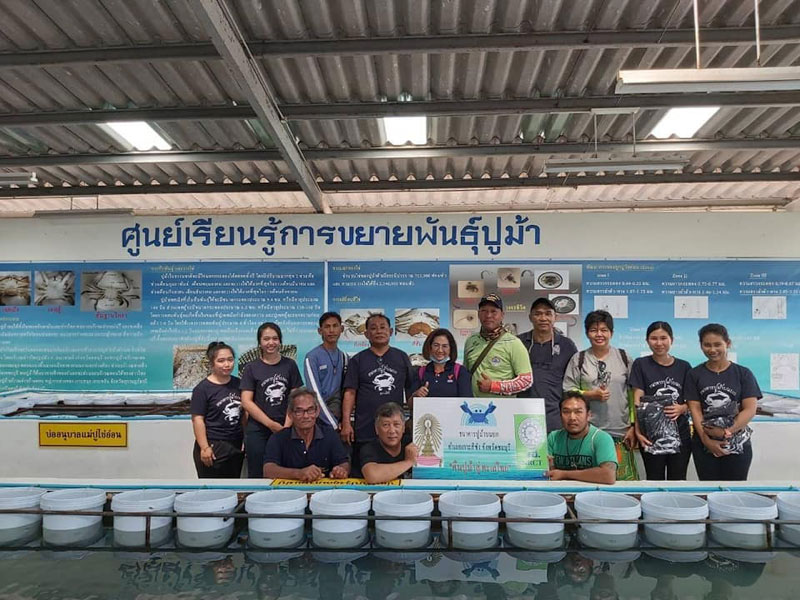
BY
- Aquatic Resources Research Institute, Chulalongkorn University
- Chula Unisearch, Chulalongkorn University
Related articles:
Others
Rabies Prevention Model Community
Pilot project in Udon Thani that stresses citizen engagement produces positive results
